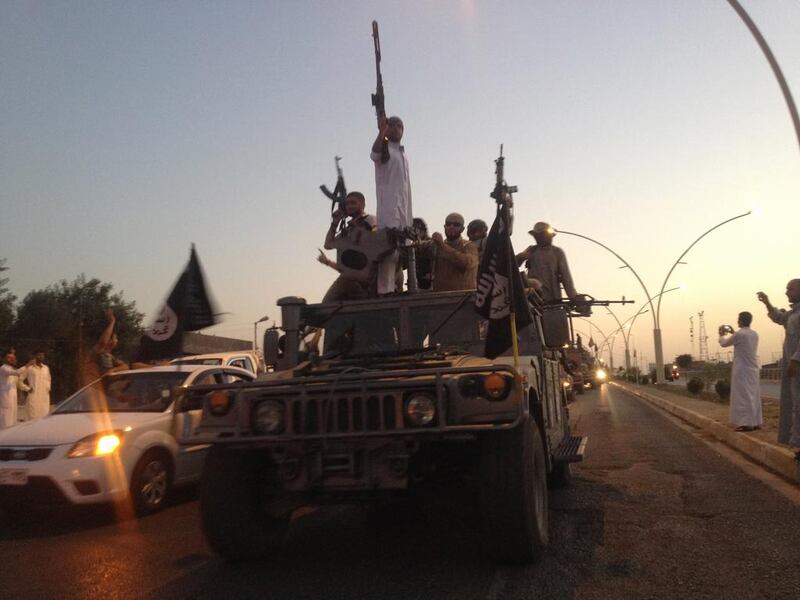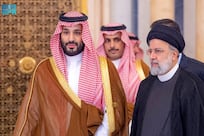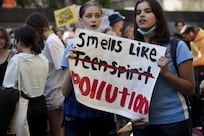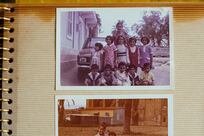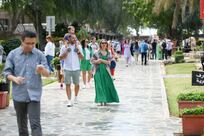ISIL is at its weakest point since its rise in the summer of 2014. After more than 1,000 days of relentless American-led operations against it, ISIL has suffered on all fronts. The once well equipped and 35,000-strong organisation now appears to be depleting.
As the group’s territorial base nears collapse, a fitting question is how the success of the 60-nation campaign should be appropriately measured.
In public briefings, officials typically focus on the obvious contrasts. ISIL has lost the bulk of its fighters and a large number of its commanders. Its territory shrunk by over 80 per cent in Iraq and 60 per cent in Syria. Its ability to make money is markedly reduced. Foreign fighters are unable to flock into Syria and Iraq as they did in 2014, and significantly fewer are now willing to join it in the first place. The group also no longer has the ability to disseminate its online propaganda in the way it did two years ago.
With such achievements in mind, the organisation is clearly a shadow of its former self. It does not seem to have the same military, financial and propaganda capabilities of 2014, and its enemies are battle hardened and know how to push back against its attempts to capture new areas.
In my opinion, though, there is a more prudent measurement of the damage inflicted on ISIL. During a recent talk to senior policymakers, I was asked about how success against the group can be measured, and I propose to answer the same question in the form of a challenge: name a single instance in which national forces in Iraq or Syria have dislodged ISIL from a major stronghold without heavy American planning and air, operational and logistical support. A major stronghold is defined as a populated area that ISIL controlled and fought to defend.
Around 35,000 Iraqi forces, with the aid of Iranian generals, tried to do so in Tikrit in March 2015. They failed until the United States entered the battle, even though ISIL had a few hundred fighters in the city. Two years after that attempt, the challenge of fighting a now significantly weakened organisation in an urban centre remains roughly the same.
If the US-led campaign has indeed "crushed" ISIL, the damage should expectedly translate into a weakened ability to endure against well trained or battle-hardened forces. A test of this proposition is for the anti-ISIL coalition to let local ground forces liberate one major ISIL stronghold to demonstrate they can do it on their own.
A counter-argument may be that these forces are in fact capable of extricating ISIL from a major stronghold but that the US simply prefers to provide intensive support to prevent their depletion.
Another point to be made is that even if national forces still cannot expel it from crowded areas, the international campaign will probably remove that need from them in the coming months.
But the point is not for locals to fight ISIL on their own. It is simply an exercise to point out that the international campaign has a long way to go before it truly damages ISIL as an organisation. Also, national forces still lack the ability to protect themselves without the need for precision air support from the US, in many cases even after these forces have expelled ISIL and secured the liberated areas.
“Taking territory away from them is such a temporary activity,” Craig Whiteside, professor at the Naval War College Monterey, told me. “It is no way to measure success against an insurgent group that can easily move back to an earlier stage of activity and organisation.”
Dr Whiteside added that cooperation at all levels among international and local powers is the only way to dismantle the organisation. “[ISIL] will be strong until they are dismantled, in a more thorough way than the fantasies we have about 2008-2010.”
The counterarguments would also miss a point. The group’s continued ability to run a full-fledged urban insurgency without signs of operational fragility means that its organisational structures remain resilient. The enormous damages to its finances, cadres and mobility over the past three years have little impact on its ability to function as an organisation, something that will ensure its long-term durability if it is not duly challenged. The group is aware of the need to maintain organisational leadership to ensure ability to fight effectively on several fronts. In fact, ISIL touched on this aspect in one of its releases last week: a commentary by the group claimed that well executed hit-and-run operations in Tikrit and in an area between Haditha and Bayji in Iraq proved that the organisation still operates in the same way its founders led it and that the campaign has not altered that.
And that is largely true. Numerous examples in recent months indicate that the group can still plan simultaneous attacks or launch hit-and-run operations to reduce pressure from hotspots.
According to a high-ranking US officer, such attacks demonstrate the group’s enduring abilities to coordinate and manage an expansive battlefield.
Even though almost all the known leaders from the group’s early generation have been eliminated, there is no evidence that its organisational leadership has crumbled.
The inability of local forces to dislodge the group from a major stronghold on their own is a glaring flaw in the campaign to defeat ISIL, unless the US air force plans to remain on standby indefinitely. This shortcoming is an indication that ISIL is still intact organisationally and is therefore capable of preserving its core, maintaining insurgency and ultimately recovering.
Hassan Hassan is a senior fellow at the Tahrir Institute for Middle East Policy and co-author of ISIS: Inside the Army of Terror
On Twitter: @hxhassan
